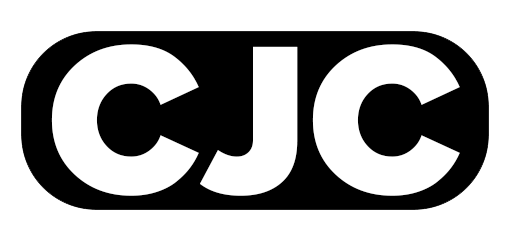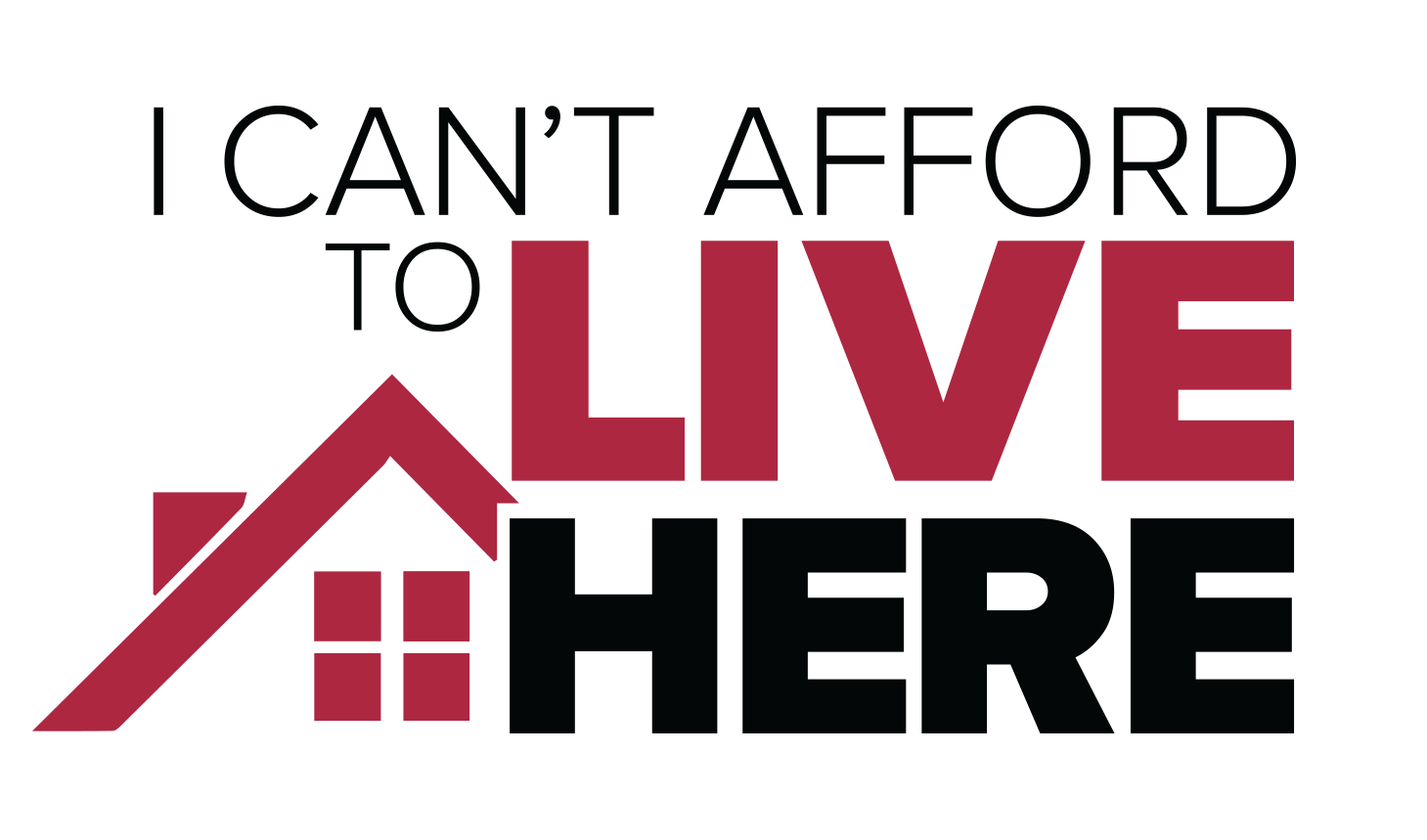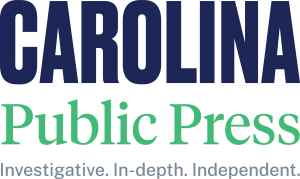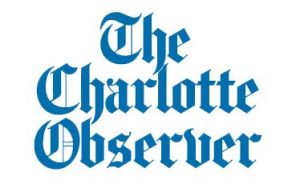David Griffith, CJC
The Charlotte Journalism Collaborative (CJC) is proud to continue its rollout of the graphic novel “PANDEM!C,” detailing the events of the past year and how COVID-19 has impacted the local Charlotte area.
“PANDEM!C” made its way onto the shelves of select Charlotte Mecklenburg School (CMS) media centers last week, and this week is available for free to anyone in the community through the Charlotte Mecklenburg Library.
Published by the CJC in partnership with BOOM Charlotte, the book chronicles first-person accounts of people impacted by the coronavirus in 2020. Accounts ranged from those who made full recoveries and moved forward, to chilling tales of loved ones passing despite being in perfect health just days earlier.
Each story is based on an actual article published by members of the Charlotte journalism community selected by the CJC, a collaborative launched in 2019 by the Solutions Journalism Network. The partnership includes seven major media companies and other local institutions focusing on issues of major importance to the Charlotte region. Members include The Charlotte Observer, Carolina Public Press, La Noticia, QCity Metro, Qnotes, WCNC-TV and WFAE 90.7, as well as the James L. Knight School of Communication at Queens University of Charlotte, the Charlotte Mecklenburg Library and Free Press. There are eight chapters plus a prelude, written in both English and Spanish.
“It [“PANDEM!C”] highlights the importance of journalism, and of the idea that everyone’s story matters,” said Kim King, director of virtual learning and media services for CMS. “It also does a great job of showing such a range of experiences and individuals. This would be an awesome text to add to our libraries, not only as a story to read to help students be engaged and informed, but also to serve as a mentor text and encourage them to tell their own and others’ stories.”
It’s already resonating at some schools. Two Charlotte Country Day students were quick to notice the successes of the project.
“Although I regularly listen to the news, I never completely grasped or recognized how greatly COVID-19 impacted the community of Charlotte until reading the graphic novel project,” said Elizabeth Beasley. “The graphic novel easily depicted personal stories about isolation when social interaction was needed most, and stories about local workers, the undocumented and uninsured, … reinforced the direct impacted of COVID-19 on the vulnerable population(s) of Charlotte.”
Davenport Hatcher shared a similar sentiment. “Practically everyone was affected, one way or another, by COVID-19,” she said. “By sharing this graphic novel to the younger generations and students, I believe this novel would bring people closer together by sharing common experiences.”
One of the strengths of “PANDEM!C” comes from its reliance on solutions-based reporting. Solutions journalism means continuing a story beyond identification of a problem. Through careful research, journalists find other examples of people who share similar problems, and identify methods for overcoming them. In the case of COVID, this meant looking beyond the infection and death numbers. How were communities adapting? How did people cope with what was happening around them?
Copies of “PANDEM!C” are available starting today at Charlotte Mecklenburg Library locations. The CJC will distribute 2,000 free copies with the support of a Cultural Vision Grant from Arts & Science Council.




 The Charlotte Journalism Collaborative is supported by the Local Media Project, an initiative launched by the Solutions Journalism Network with support from the Knight Foundation to strengthen and reinvigorate local media ecosystems.
The Charlotte Journalism Collaborative is supported by the Local Media Project, an initiative launched by the Solutions Journalism Network with support from the Knight Foundation to strengthen and reinvigorate local media ecosystems.








